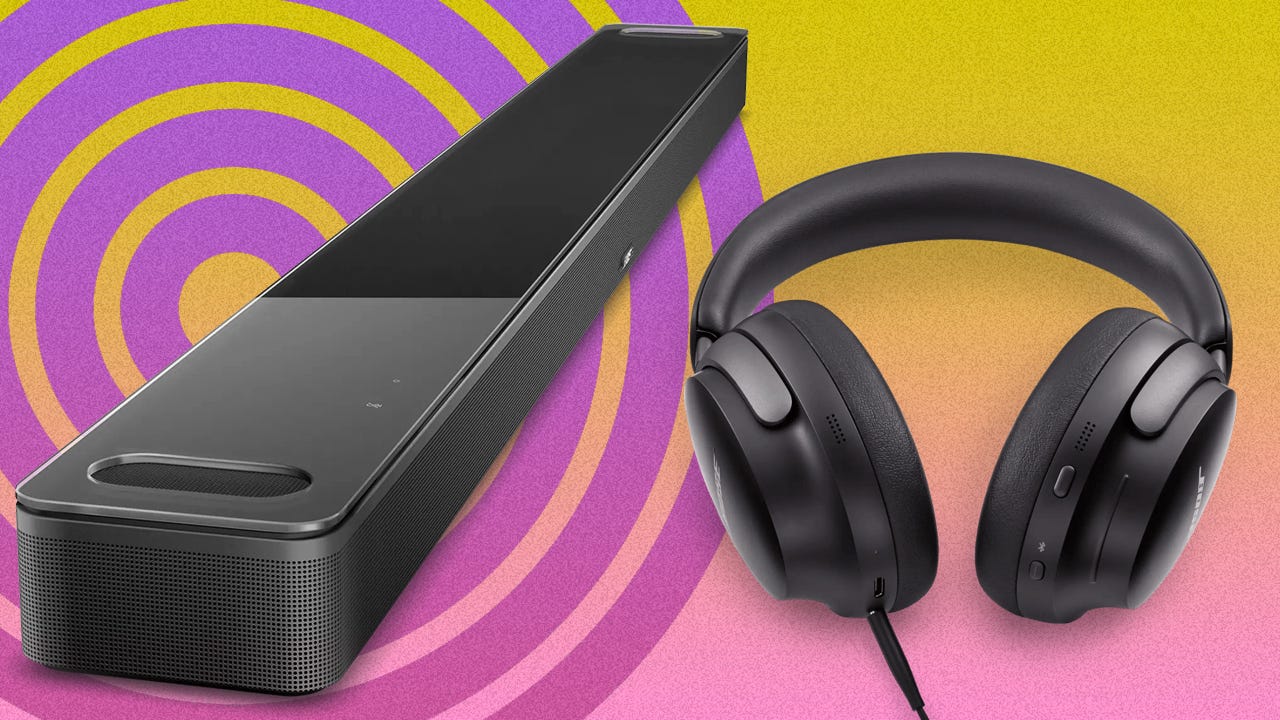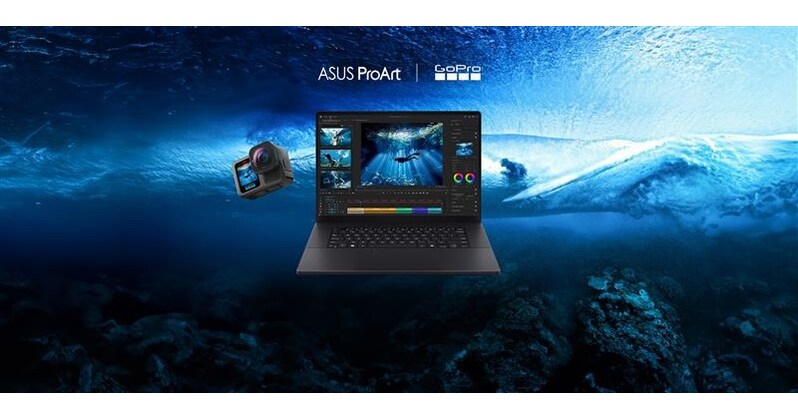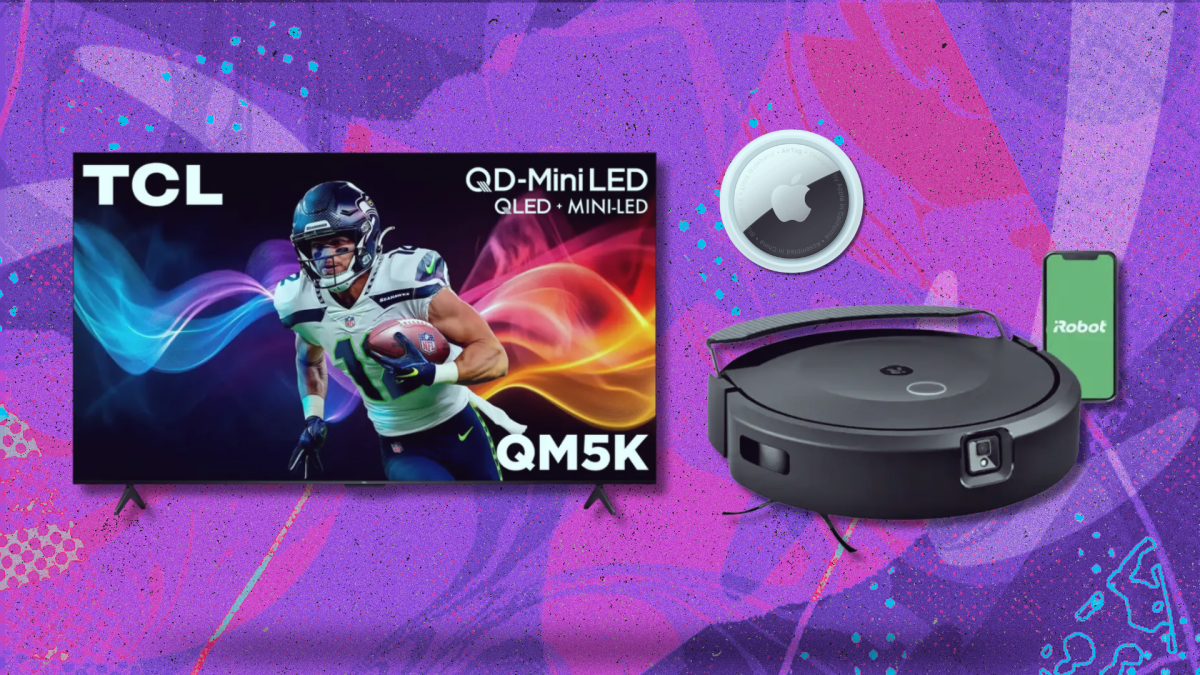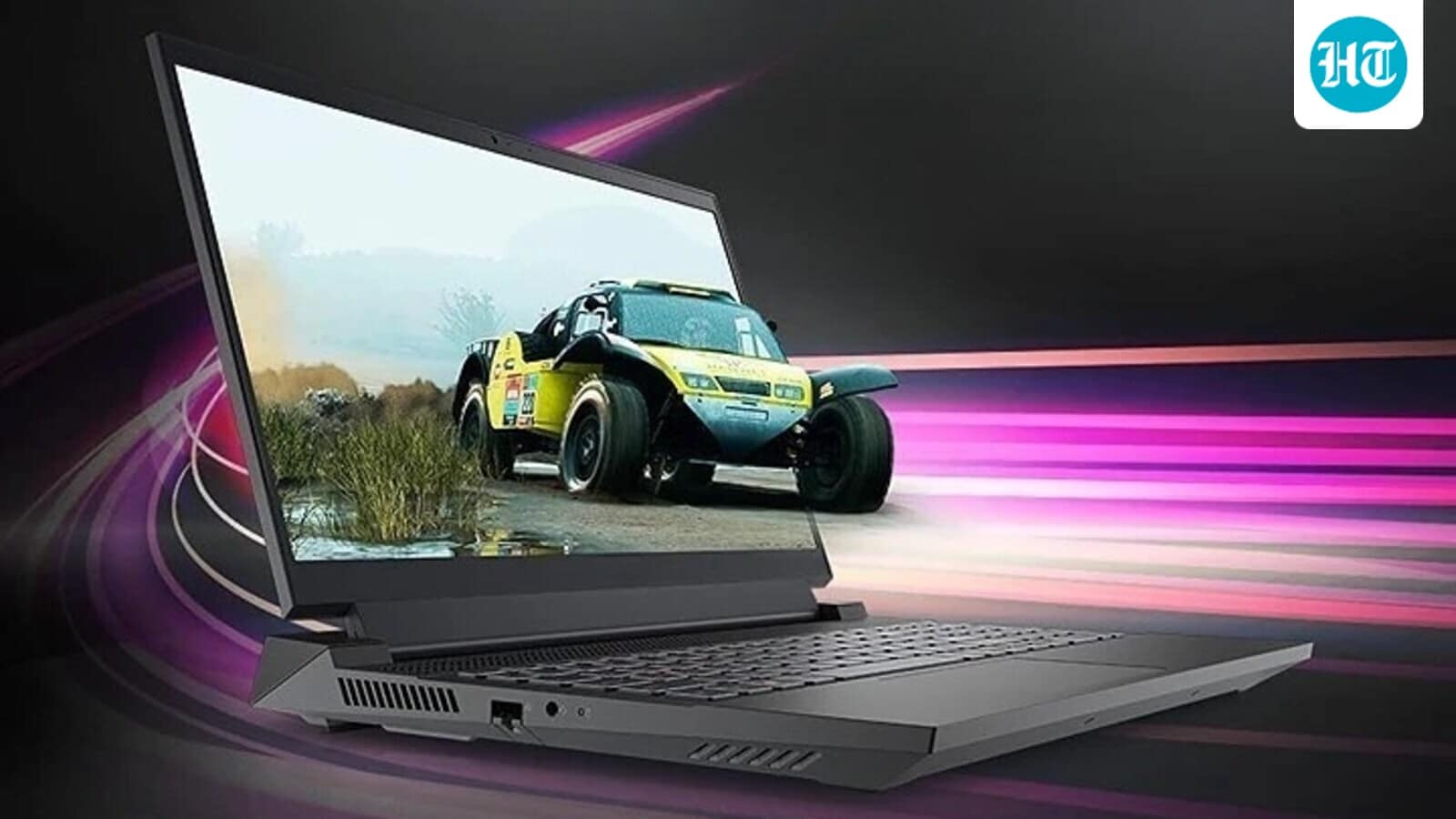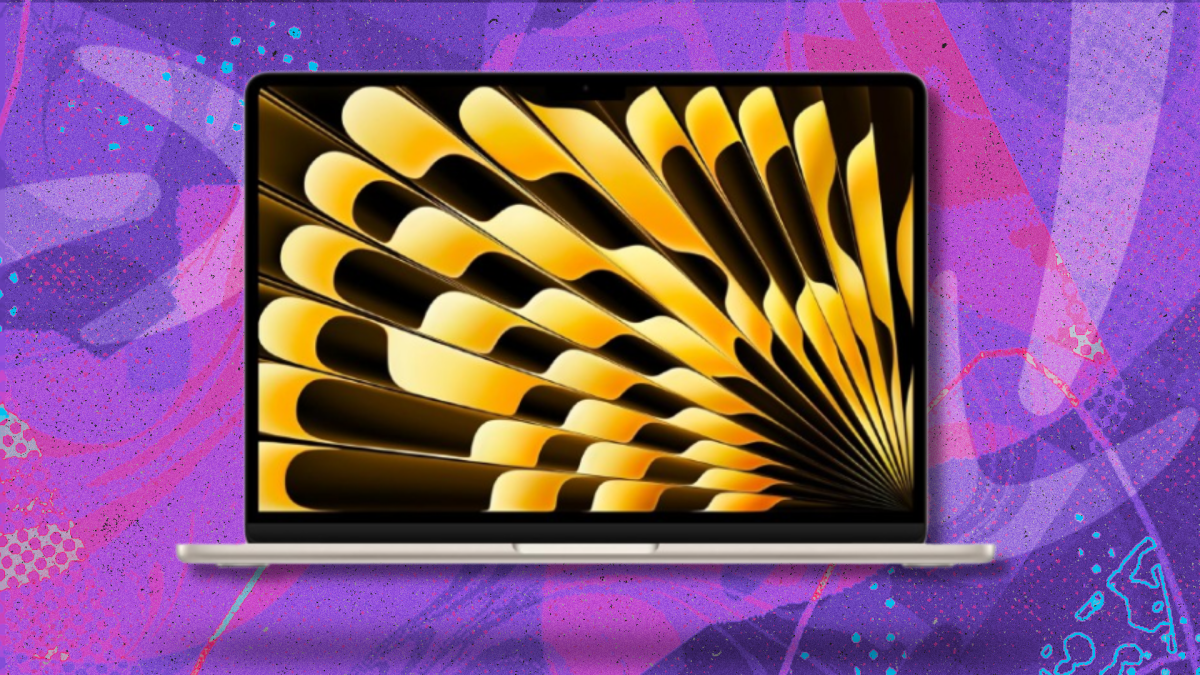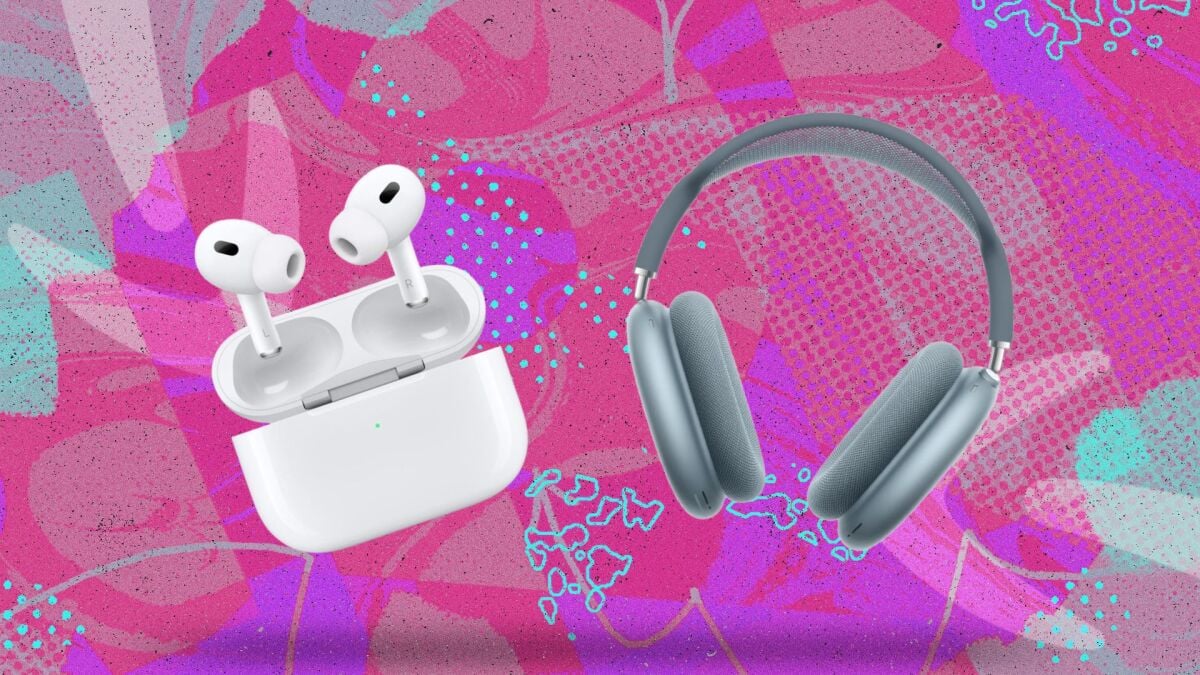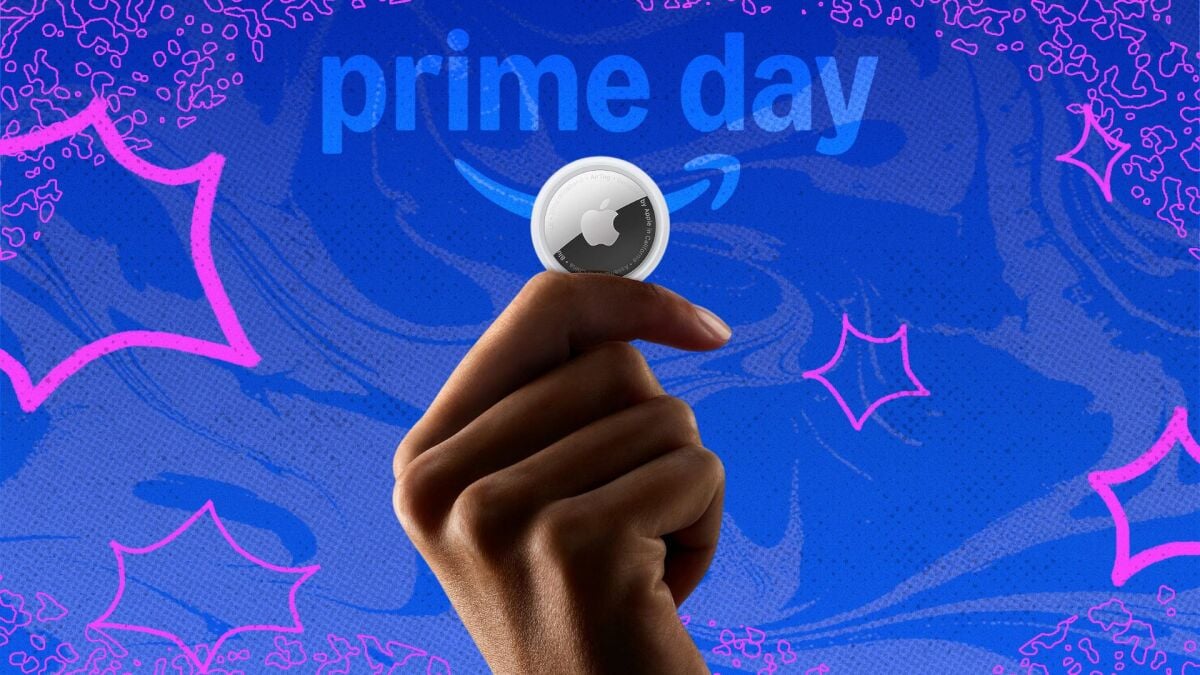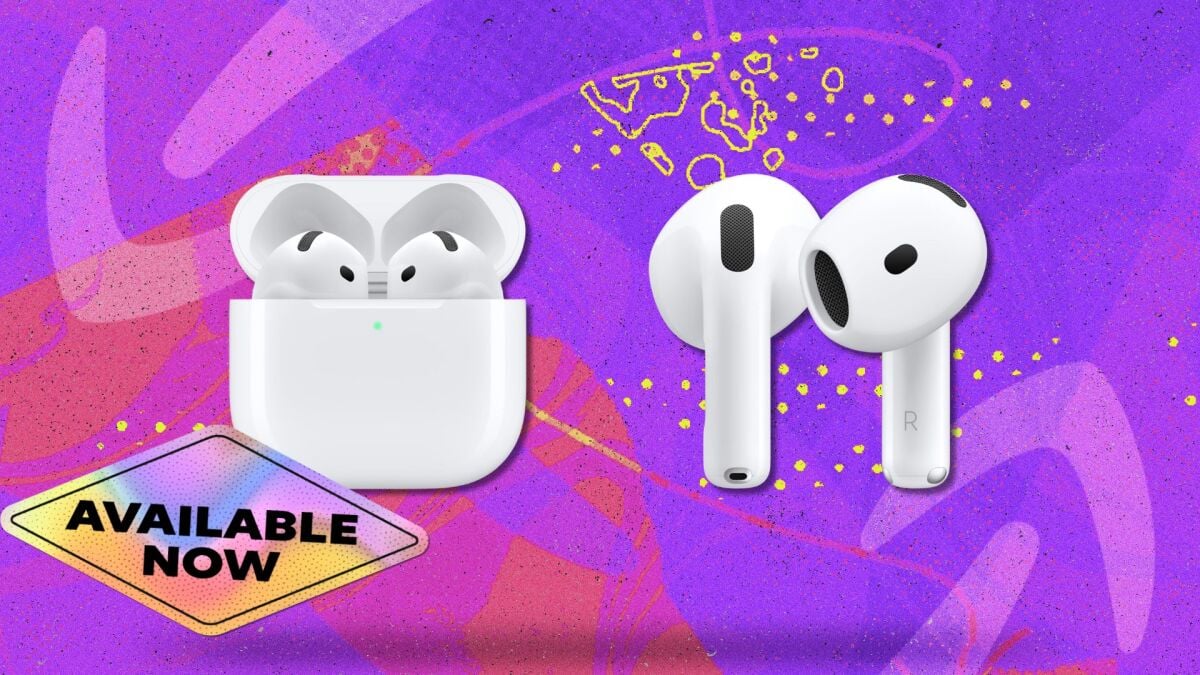Just because Amazon coined October Prime Day doesn’t mean other retailers can’t join in on the deals bonanza. eBay, for example, just kicked off its own Holiday Sale today with an extra 20% off coupon code “HOLIDAYREADY” that works on select…
Amazon can never run a sale all by itself. As the retail giant’s annual Prime Big Deal Days event runs from Oct. 7-8, Best Buy has kicked off a competing “Techtober Sale” that’s live through Oct….
